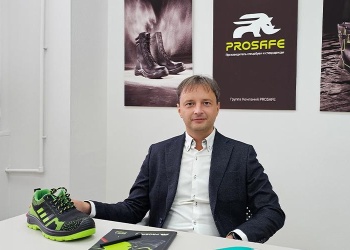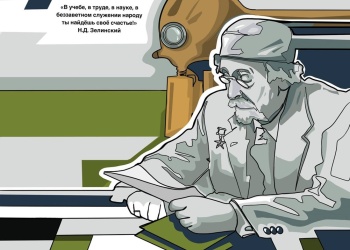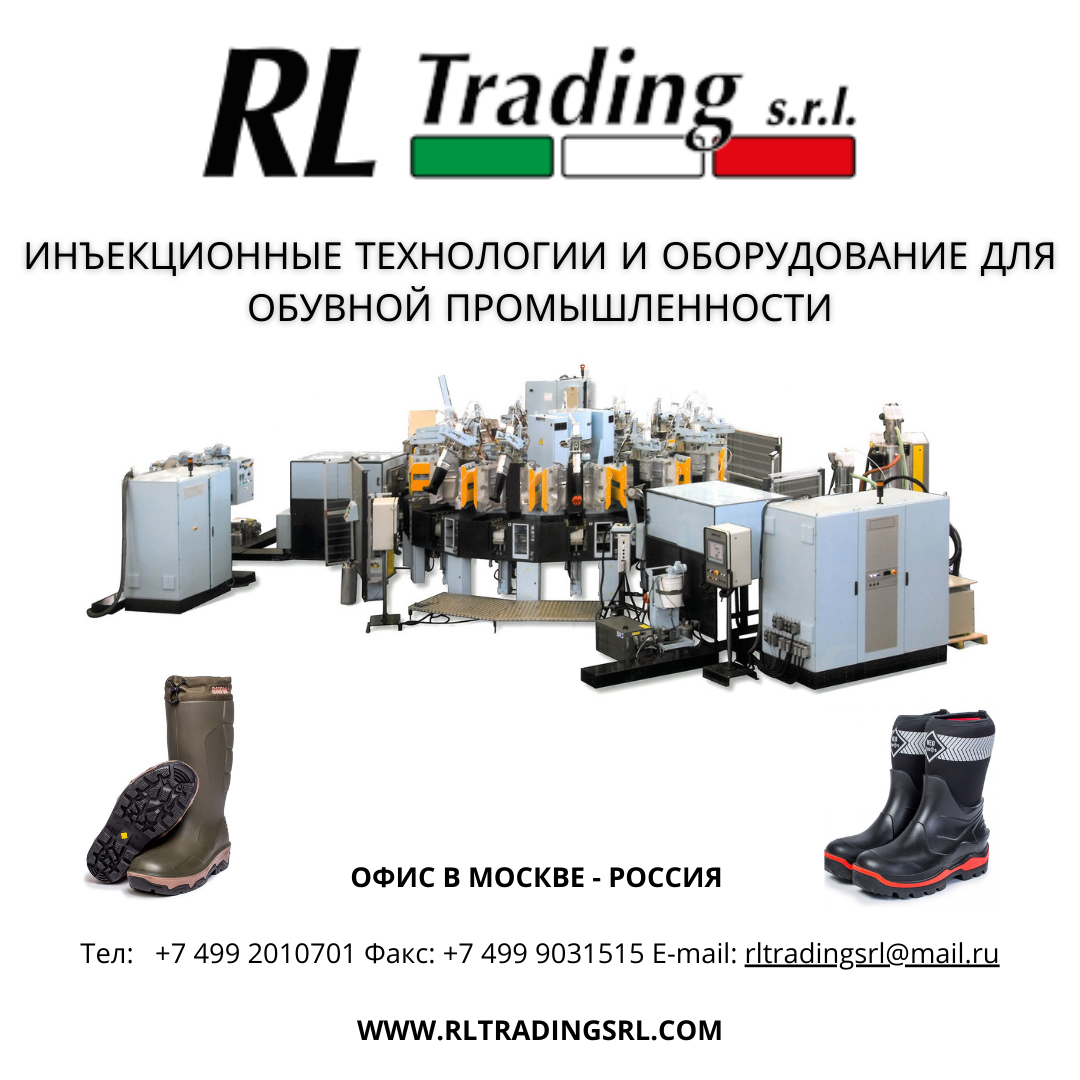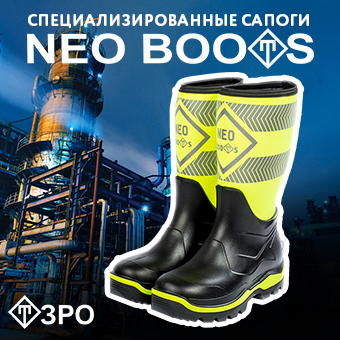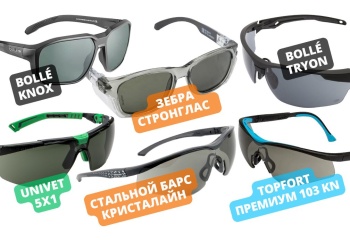3M Russia produces more than 30 million particulate respirators annually at its plant in Volokolamsk. With the onset of the pandemic the company like the entire industry found itself in a difficult situation: the demand for the PPE skyrocketed, while most of the staff had to switch over to remote working mode. How the company feels about the new situation, Getsiz.ru asked Leonid Zhukotsky, Director of 3M Safety & Industrial Business Group, Russia and CIS region.
The interview comes out at the end of a very unusual year that has changed the very foundations of conducting business. How did 3M Russia manage to adapt to the circumstances?
The COVID-19 pandemic has turned out to be a major challenge for all of us. However, despite the difficulties, the situation allowed us to look at the organization of work from a different angle. We invested in remote communication systems, introduced electronic document management and developed sales channels. All non-production divisions of the company — administration, sales, marketing, accounting and logistics departments — have switched to remote working mode. We still maintain a very small presence of the staff in the office. People had to accept a new reality, use communication methods that many resisted before the pandemic. The company has moved 95% of its processes online, but the operational quality has not been affected. I am personally impressed with how quickly 3M Russia was able to adapt to the new situation.
Since the work efficiency in remote mode has not decreased, you do not plan to return people offline, do you?
3M Russia is not only a manufacturing company, but also a sales organization. In sales, there are stages where physical presence cannot be avoided, for example, risk assessment, audit of hazardous areas, product demonstration and training. Our specialists continue to selectively visit customers observing all the necessary precautions, naturally. But most of the actions — identifying the needs of the workplace, agreeing on terms of delivery and so on — are carried out online. I think that after the pandemic, we will return to offline up to 40% of operational processes, while the rest will be maintained in a remote working mode, which is more time and cost efficient. Besides, the online mode is more convenient for the customers. It is much easier to gather decision-makers in one virtual room for half an hour than to coordinate schedules and meet in person, especially since offline meetings last much longer – an hour or two. Cutting on travel expenses is also important. I personally come to the office several times a month to sign different papers. Now it does not matter where you are, as long as there is Internet connection and the difference in time zones is not very significant. This freedom makes it possible to change the approach to the organization of business processes.
How was production organized during the pandemic?
The company’s plant in Volokolamsk worked 24/7, as it is doing now. Our customers, industrial companies, did not stop working, which meant that the need for PPE did not decrease, but on the contrary even increased. In the summer we boosted our local production and were able to partially compensate for the cuts in the supply of imported face masks caused by export restrictions in other countries.
The plant has its own standard of operations under the COVID pandemic. We comply with all safety precautions, both mandatory, imposed by the state, and our corporate ones.
This year the market experienced difficulties with the supply of raw materials. As a global corporation, 3M was not much affected by the shortages of raw materials and components. The main bottleneck for manufacturing of RPE was the availability of the filter cloth. 3M produces this material at its own site in England, so external suppliers did not play any role in this case. At the same time, the face filtering masks produced in Volokolamsk have a significant share of Russian components, and we continue to increase it. Our logistics chain and suppliers worked smoothly.
What products is the plant currently focusing on?
At the beginning of the year, we developed an anti-crisis management strategy with the focus on the production of filtering half masks. In early June two new cup-shaped respirator production lines were launched. The equipment was ordered in advance, as we were preparing to expand the production capacity anyway. So we just accelerated the installation work. From the moment the lines were fully operational, the output has been increased by 20%. We have suspended the assembly of welding shields for the time being, and now all our efforts are concentrated on particulate face masks, the most demanded product today.
What is the situation with exports and imports?
Since the introduction of the norm prohibiting the export of RPE outside the Eurasian Economic Union, all the products that we manufacture here have been sold on its territory. As for imports, after the European export ban was lifted at the end of the second quarter, we started receiving imported products. This allowed us to restore the supply of most of the eyewear, reusable face masks and filters. Shortages of these products remain, but in general we cover the needs of the market. Unfortunately, this is not the case with the respiratory protection products, as the demand is still huge. Many manufacturers have stepped up production, both in Europe and worldwide, but the demand still significantly exceeds the supply. In the past the share of imports in our sales amounted to ca. 20%, but now it is less. On the one hand, we have boosted the local production, but on the other, EU quotas limit the share of imported products.
There is still a shortage of filtering face masks on the Russian market. When do you think the balance between supply and demand is reached?
In general, the situation with the shortage of RPE today is not a problem of any particular manufacturer, but a problem of the entire industry. 3M now produces more respirators than ever, and the company will go on expanding its production capacities. Other manufacturers are doing the same, but serious shortages will remain for a long time, because it is obvious that the pandemic will not end soon.
In this situation it is worth talking about a reasonable balance. One should not consider a filtering face mask as a panacea for COVID-19. A set of measures is needed. Gloves, hand sanitizers and social distancing must be used and social contacts reduced as much as possible. The WHO recommendations say that filtering RPEs of second and third degree of protection are more likely to be needed by doctors and people working «on the front line» in the fight against coronavirus infection. Another factor that can support such a shortage is the formation of government stockpiles in European countries. Almost all EU members have signed one- or two-year contracts with manufacturers to set up a renewable reserve. In Italy 3M delivers about 2 million face masks a month to this reserve.
3M does not produce medical masks in Russia, which are currently in great demand. Do you plan to expand the product range of the plant in Volokolamsk by introducing this type of product?
Yes, we have received a registration certificate for a medical respirator. Next year, I hope we will be able to introduce the product to the market. It is still difficult to talk about the exact dates. The existing line is being re-equipped to produce medical masks. The model itself will not undergo major changes, but more stringent requirements are imposed on its components, material, and quality control. Now all these processes are being adjusted and debugged.
How difficult was it to certify a medical product?
Certification was carried out under the simplified procedure provided for by the legislation. I would like to point out that the procedure has become easier only in terms of time: all the requirements were fully complied with, but the documents were processed faster. The requirements for registration of medical products remain at the same high level.
The pandemic has affected all countries. People are actively using face masks and respirators. Can we talk about the emergence of a new segment of PPE in addition to industrial and medical? We can call it consumer-related?
We see two development channels here. First concerns the use of PPE in everyday life, for example, when doing home renovation, working with household chemicals and summer cottage work. The second applies to seasonal viral epidemics, which has long been a routine in a number of countries. And I think after the pandemic, it will be normal practice in Russia too. Perhaps this will become part of a mandatory protocol for large retail chains, public areas and places of mass gathering.
Since the beginning of the pandemic, more than 3.5 million counterfeited 3M masks have been seized worldwide. Do you notice an increase in the number of fakes on the Russian market? And what is the situation with profiteers who resell masks?
Indeed, the development of the resale market posed a big problem. It was replenished by both small sole proprietors and large retail chains. The mark-up for face masks reached 800%. At the same time, official distributors of 3M continued to keep up the recommended prices. We recorded a large number of fake 3M websites, which offered products at excessive prices including those that allegedly were delivered directly from the factory in Volokolamsk. 3M operates through a distribution network and maintains strict control over both incoming raw materials and finished products. Direct deliveries from the factory are out of the question.
There is also a quality issue. Everyone knows N95 masks, but it is important to understand that N95 is the designation of the protection degree provided by the American standard, and not a model or brand name. According to the Russian classification, N95 roughly corresponds to the FFP2 class of protection. The KN95 masks that appeared on the market recently are classified according to the Chinese standard. Chinese standard is fundamentally different from the American, Russian and European ones, since it does not require a number of tests that are mandatory for American, European and Russian standards. In addition, the Asian face type differs from the European one, and as a result KN95 models may not fit tightly enough, which means that they may fail to provide effective protection.
Some large Russian companies, such as KAMAZ, Severstal and Technodinamika are launching production of RPE to meet their own needs. Do you think this is the right solution to the problem in the current situation?
Indeed, some companies, feeling a shortage of RPE, purchase equipment for their production. It is necessary to understand that the production of RPE does not only involve equipment, but also a solution of many complex tasks: selection and supply of raw materials, quality control, training of personnel and certification. If at first glance, the RPE is a simple thing to produce, in reality, each model takes years of development and research, statistics collection and testing. Therefore, manufacturers of high-quality RPE have sophisticated laboratories at their disposal. Three to ten patents have been registered for each 3M filtering face mask, and the total number of patents for RPE production technologies amounts to about 100.
3M has not raised prices its products for almost a year, although raw materials have risen in price many-fold. How do you manage to keep the prices at the last year’s level?
In February, we carried out a routine annual price revision. Prices for filtering face masks produced in Volokolamsk were not raised. It is the company’s policy. This decision was also supported by the fact that the main raw material, filter cloth, as I have already mentioned before, is produced at our own facility, which helps to keep down the prime cost. In November, to partially compensate for the devaluation of the ruble, we increased prices by 10%. The next price review will be conducted as usual at the beginning of the year. The issue of RPE is still under discussion. Final information will be available in January.





